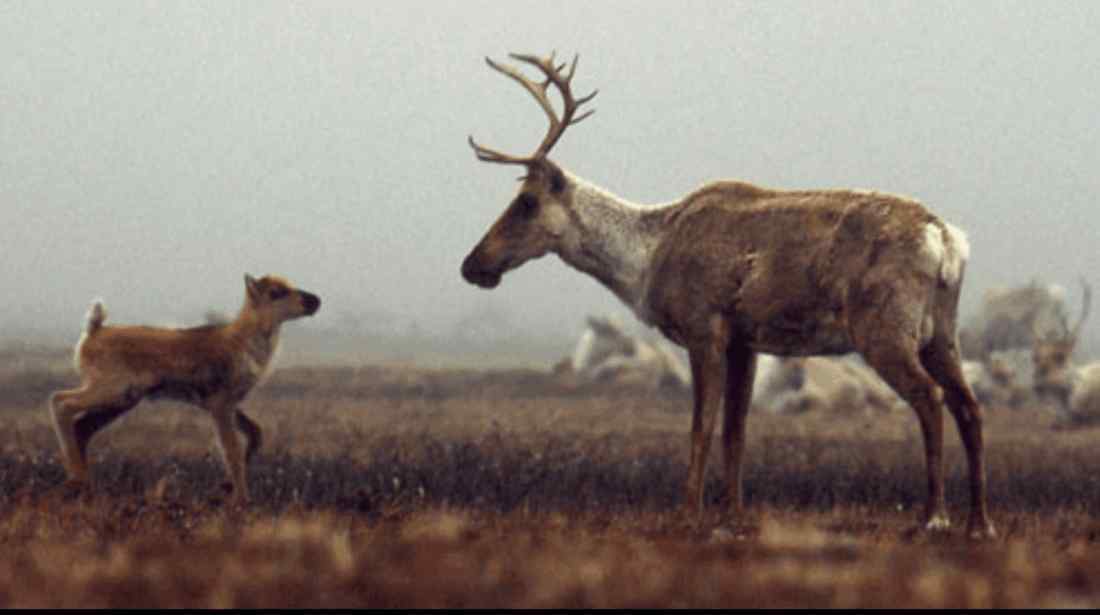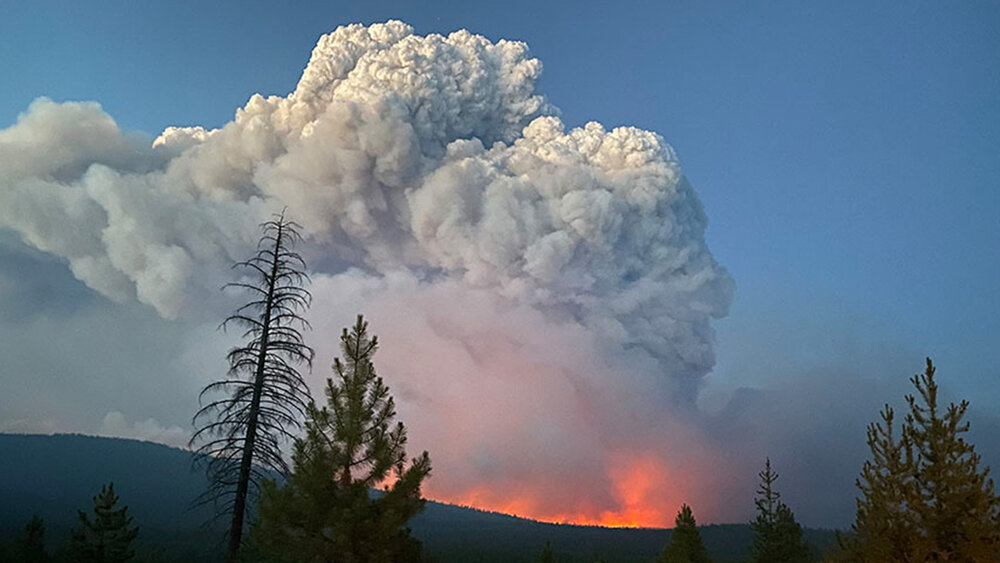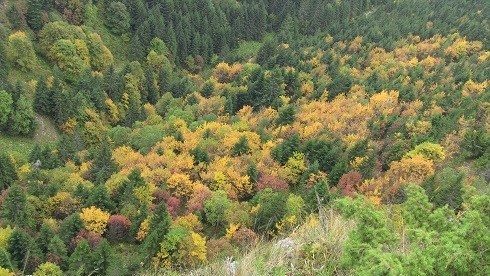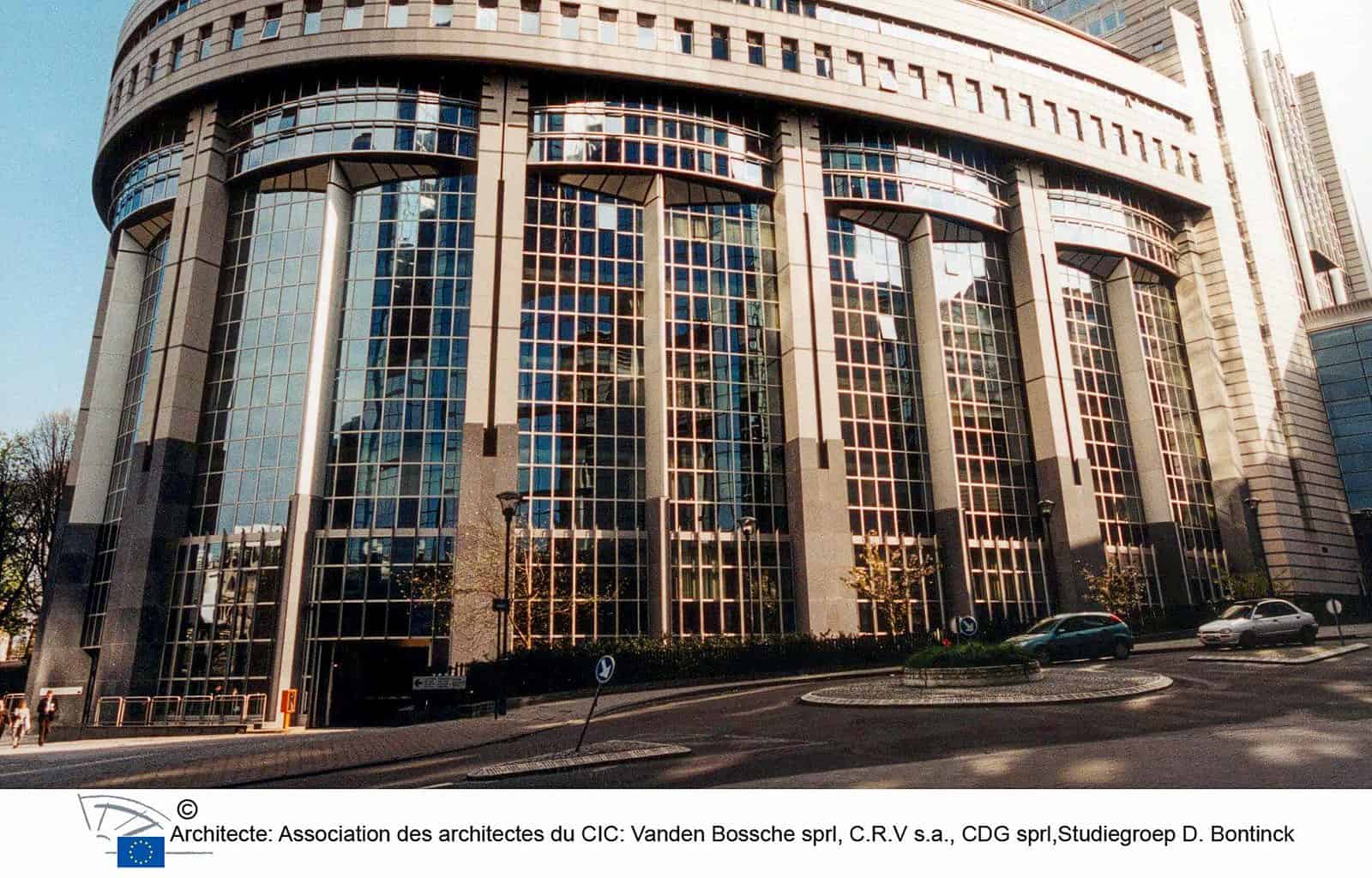Only three percent of land remains untouched, study says
Satellite imagery has previously estimated that 20-40% of the Earth’s surface is still in relatively good condition and has not been affected by significant human activity. However, a recent study has found that the problem is much worse than previously thought. The state of ecosystems cannot be properly assessed from above. A forest or savannah may look pristine, but key species are missing.
In the study, researchers compared surveys of past human degradation with maps that indicating where populations of native animals considered to be key species had become extinct or rare in particular areas. However, the study included several animals that have disappeared a long ago from the area, or no reliable data on their exact distribution is available. Therefore, other researchers say the current estimate of 3 % is too low.
The last pristine, intact areas
First, of course, it is important to clarify what the study considers an intact ecosystem. According to Andrew Plumptre, lead author of the study, and his colleagues, the definition of intact ecosystems is “that considers whether all species known to have occurred in an area are still present and whether they’re sufficiently abundant to play their ecological roles, such as top predators or seed dispersers. We set the benchmark at 1500 CE, which means that only parts of the world which are as ecologically intact as they were 500 years ago.”
According to this definition, Nouabale-Ndoki National Park in Congo, Serengeti-Ngorongoro in Tanzania, Alto Rio Negro in Amazonia, parts of Siberia and Kawésqar National Park in Chile are all accepted as pristine. Moreover, only few of areas are protected. Overall, only 11 percent of the areas considered pristine are specially protected. So, the researchers recommend extending protection to the rest. According to Plumptre, either hunting or invasive species have been the main drivers of the depletion of native species. The latter being responsible for the fact that Australia has no remaining pristine areas.
20 percent target
According to the study’s assessment, the situation is dire, but there is room for improvement. Biodiversity could be increased by reintroducing missing species. Overall, up to 20% of the planet could be restored with appropriate restoration programmes. Plumptre highlighted the wolf reintroduction programme in Yellowstone Park in the US as a positive example. This is because the programme has already been shown to benefit not only wolves but also trees, shrubs and soil.
Prof Pierre Ibisch, at the Eberswalde University for Sustainable Development in Germany says the study is too optimistic. He believes that reintroducing some species will not solve the problem. Especially not in the face of global warming, which Plumptre et al. did not take into account when setting the 20 % target.
We need to give nature significantly more space to carry us into the future, [but] I fear that the reintroduction of a few species in certain areas is not a gamechanger. Accelerating climate change is becoming the overarching threat to the functionality of entire ecosystems. Yesterday’s mammal intactness hardly tells us a lot about the functioning ecosystems in the [global heating] age.
More human impact data needed
Prof James Watson at the University of Queensland, Australia, responded: “This study undervalues many efforts by ecosystem scientists to map and save ecologically intact places across the planet. It uses maps for species that are basically best guesses. This means that where ecosystems are actually still pretty much intact is clearly minimised.”
Plumptre acknowledged that the study´s species range maps were relatively simple estimates. As a response to the criticism, he referred to the 3% figure as a “ballpark estimate”.
The trouble is, at the moment, we don’t have any other maps. Scientists should next focus on specific regions and use more detailed human impact data and species data to identify ecologically intact sites.
These drastic numbers can crearly be connected to human population growth, leading to industrial expansion and a dramatic loss of undisturbed ecosystems. A century ago, humans only used 15% of earth’s surface to grow crops and raise livestock. Today, this number has multiplied. In light of climate change, the only way to protect the remaining intact ecosystems, respectively Wilderness on a global scale is to protect it with research and international policy frameworks that actually bring change. So far, most research focused on Wilderness has been performed in tropical regions. This results in a great knowledge gap and policy gap on Wilderness in Europe. Studying these processes is crucial to provide a baseline for understanding how human activities impact natural processes and ecosystem services.








